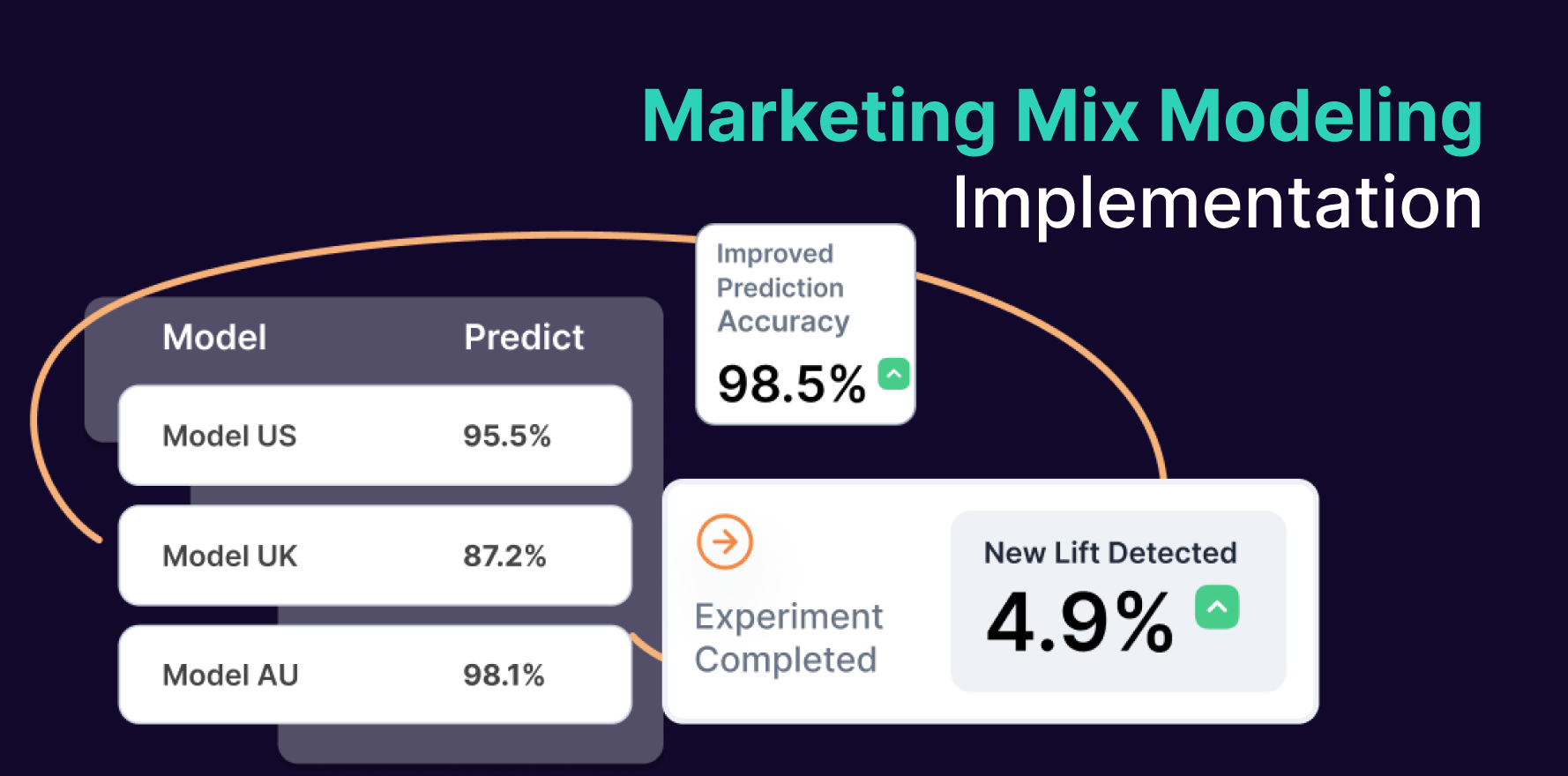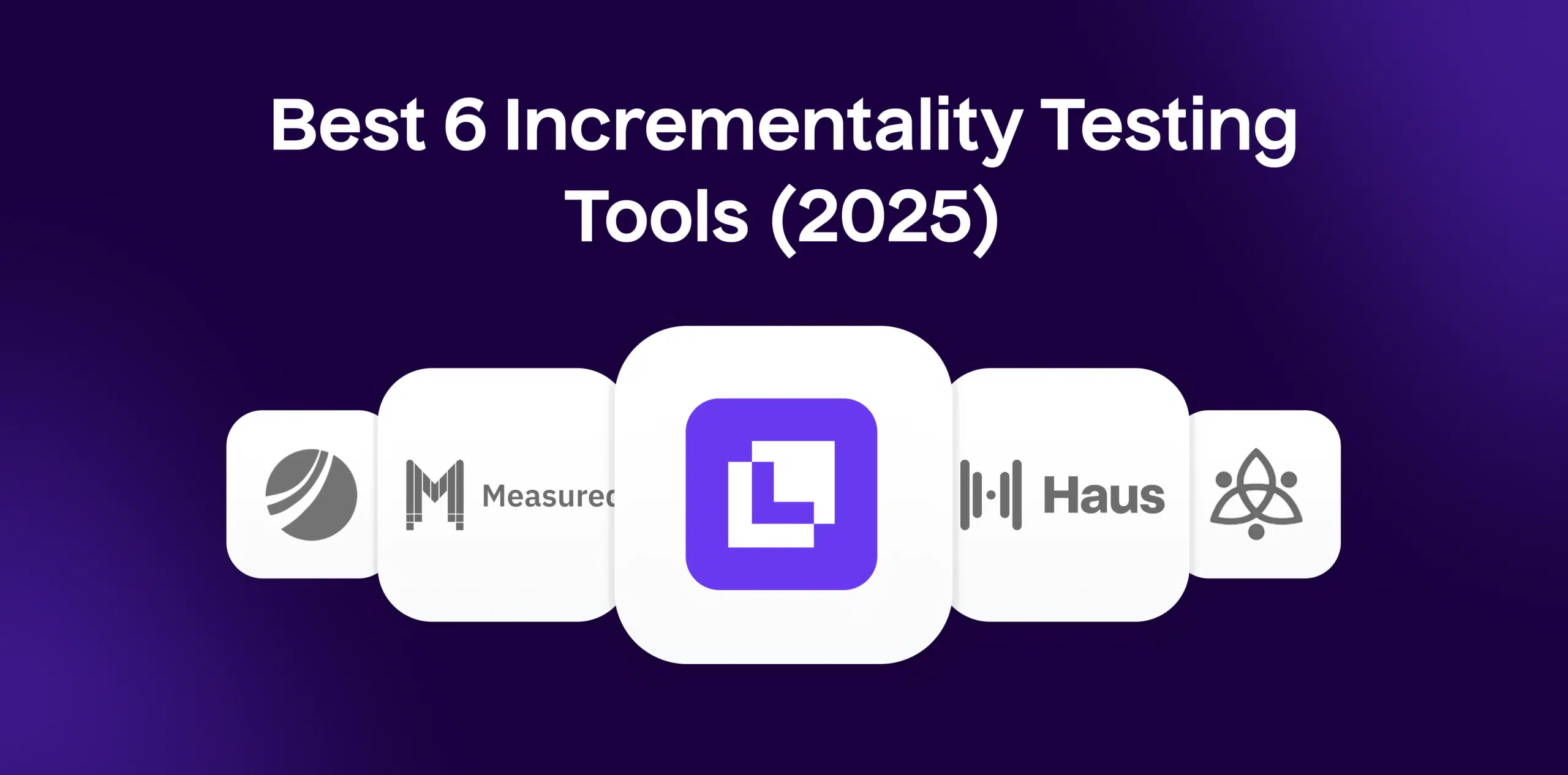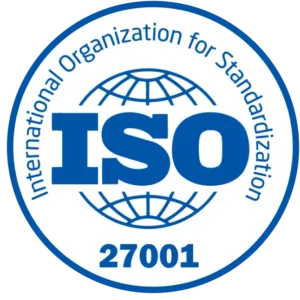What is Privacy-Preserving Technologies?
Privacy-preserving technologies (PPTs) involve methods, procedures, or systems designed to protect sensitive information from exposure while still allowing the data’s utility to be retained. These technologies are especially crucial in protecting personal or sensitive business information, either in transit or storage, without compromising the information’s utility or actions such as data analysis and processing.
In the ever-evolving field of ecommerce, PPTs are becoming increasingly significant in ensuring a secure online transaction environment. They ensure valuable personal data like credit card details, identification information, and personal preferences are secure from potential cyber-attacks. The methods employed by PPTs can vary, from simple password protections to more sophisticated techniques like encryption, anonymization, and blockchain technology.
Formula
Since PPTs cover a broad array of techniques, it may be challenging to define a specific formula. However, one common method used is encryption. An encryption formula could be represented as:
E = MC
Where:
E is the encrypted data,
M is the message or information,
C is the cipher used to secure the data.
Example
An excellent example of a PPT in action is end-to-end encryption used by many messaging apps. When a user sends a message, it is encrypted on their device and can only be decrypted and read by the intended recipient’s device, ensuring the message’s contents remain private even if intercepted during transmission.
Why is PPTs important?
In an era where data breaches are commonplace and potentially devastating to both businesses and consumers, PPTs provide an essential line of defense. They protect sensitive data, maintain customer trust, ensure regulatory compliance, and safeguard the business’s reputation.
Which factors impact PPTs?
PPTs can be improved by investing in advanced technology such as artificial intelligence and machine learning to detect and prevent data breaches. Regular updates and patches, rigorous testing and auditing, and ongoing employee training to understand and respond to emerging threats are also crucial.
How can PPTs be improved?
Several factors can impact the effectiveness of PPTs, including the quality of the technology, the skill level of the IT team, regulatory requirements, and the evolving strategies employed by cybercriminals.
What is PPTs’s relationship with other metrics?
PPTs have a significant impact on several key ecommerce metrics, particularly those related to customer trust and satisfaction. Effective PPTs can lower cart abandonment rates, increase repeat business and boost overall sales by fostering an environment where customers feel safe to transact. On the other hand, data breaches can lead to negative publicity, lost sales, and potential legal repercussions.
Free essential resources for success
Discover more from Lifesight
























































